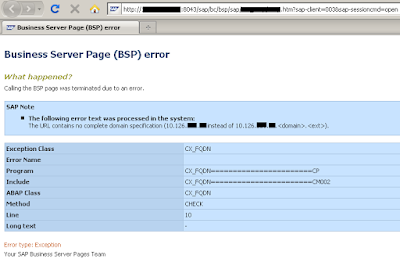SAP CO (Controlling)
SAP CO (Controlling) is another important module within the SAP ERP system. It focuses on managerial accounting and provides functionality to plan, monitor, and control an organization's costs, revenues, and performance. The SAP CO module integrates closely with other SAP modules, such as SAP FI (Financial Accounting), to provide comprehensive financial management and controlling capabilities. Here are some key features and functionalities of the SAP CO module:
Cost Element Accounting: SAP CO allows you to define and manage cost elements, which represent the different types of costs incurred by an organization. It enables tracking and allocation of costs to specific cost objects, such as products, projects, or cost centers.
Cost Center Accounting: This component enables you to manage and monitor costs incurred by different cost centers within the organization. It helps in analyzing and controlling costs associated with specific departments or functional areas.
Profit Center Accounting: The Profit Center Accounting functionality in SAP CO enables organizations to track and analyze the profitability of individual business units or profit centers. It facilitates the evaluation of revenues, costs, and contributions to profit at a granular level.
Internal Orders: SAP CO allows you to create and manage internal orders to track and control costs for specific projects, events, or activities. It helps in monitoring project budgets, tracking expenses, and analyzing project-related costs.
Product Cost Controlling: This feature supports the calculation and management of product costs, including materials, labor, and overhead costs. It enables organizations to determine the cost of goods sold (COGS) and provides insights into product profitability.
Profitability Analysis (CO-PA): The CO-PA functionality in SAP CO provides a powerful tool for analyzing profitability by different dimensions, such as customer, product, region, or sales channel. It helps in understanding the contribution of different factors to overall profitability.
Activity-Based Costing (ABC): SAP CO incorporates activity-based costing techniques to allocate indirect costs to cost objects based on the activities that drive those costs. It provides a more accurate and detailed view of cost distribution.
Overhead Cost Controlling: This component allows organizations to manage and allocate indirect costs, such as factory overheads or administrative expenses, to cost centers or products. It helps in analyzing and controlling overhead costs.
Planning and Budgeting: SAP CO provides functionalities for financial planning, budgeting, and forecasting. It enables organizations to set targets, create budget plans, and monitor actual performance against the budget.
Reporting and Analysis: The CO module offers comprehensive reporting and analysis capabilities, including standard reports, ad-hoc queries, and data analysis tools. It helps in generating management reports, performance analysis, and decision support.

Comments
Post a Comment